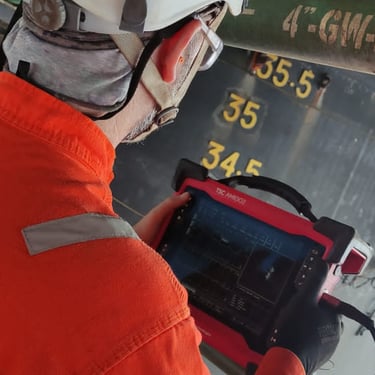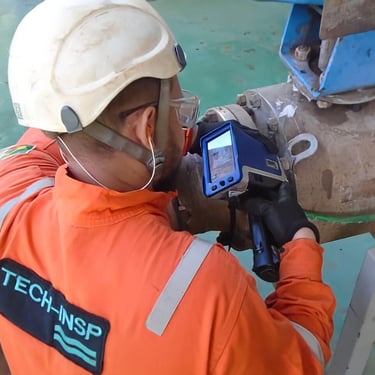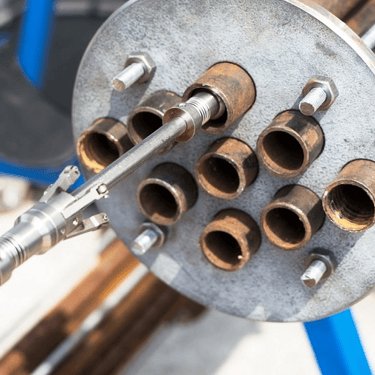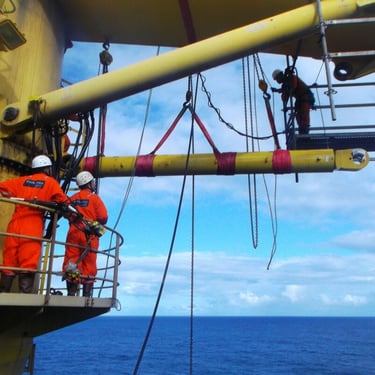
Liquid Penetrant Inspection
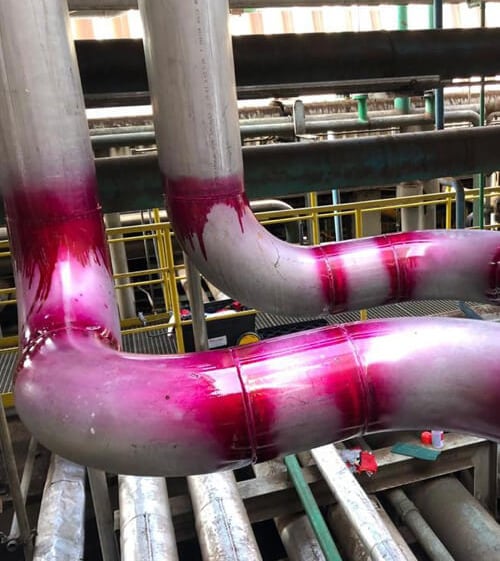

Liquid Penetrant Inspection
The liquid penetrant is an oil-based chemical solution containing visible or fluorescent dyes. This solution has the ability to migrate into surface-breaking discontinuities in materials through capillary action. It is widely used to detect flaws in ferrous and non-ferrous materials, as well as certain ceramics and plastics.
What is Liquid Penetrant Inspection?
Liquid Penetrant Inspection is a non-destructive testing (NDT) method that enables the detection of surface discontinuities in both ferrous and non-ferrous materials. It is an efficient and versatile technique, ideal for ensuring the integrity of inspected components.
Steps of the Liquid Penetrant Inspection Process
Pre-Wash and Drying: Removal of contaminants and moisture from the surface to be inspected.
Penetrant Application: The penetrant can be applied by immersion, spraying, or brushing, depending on the shape and configuration of the part.
Penetrant Removal: The removal method varies according to the type of penetrant used.
Water-Washable
Post-Emulsifiable
Solvent-Removable
Drying: The material must be properly dried to ensure the effectiveness of the next step.
Developer Application: The developer is applied to reveal any discontinuities that may be present.
Inspection: Visual analysis of the indications revealed by the developer.
Post-Cleaning: Removal of any residue from the inspection process.
Advantages of Liquid Penetrant Inspection
Versatility: Can be applied to a wide range of materials.
Ease of Use: The process is simple and straightforward.
High Sensitivity: Detects very fine or narrow surface discontinuities.
Direct Visualization: Indications appear directly on the inspected part.
Adaptability: Can be easily integrated into high-volume production lines.
Speed and Cost-Effectiveness: Provides a fast and low-cost inspection method.
Limitations of Liquid Penetrant Inspection
Limited Detection: Only surface-breaking discontinuities can be identified.
Non-Porous Materials: This technique can only be used on non-porous materials.
Clean Surfaces: Parts must be free of contaminants and coatings that could obstruct liquid penetration.
Classifications of Penetrant Liquids
According to AMS 2644 standards, penetrant liquids are classified as follows:
Types
TYPE 1: Fluorescent
TYPE 2: Visible
Métodos de Remoção
MÉTODO A: Lavável com água
MÉTODO B: Pós-emulsificáveis lipofílicos (base óleo)
MÉTODO C: Removível com solventes
MÉTODO D: Pós-emulsificáveis hidrofílicos (base água)
Tempo de Permanência Recomendado para o Penetrante
The dwell time of the penetrant typically ranges from 5 to 15 minutes. For more sensitive applications, a longer penetration time may be required.Métodos de Aplicação do Revelador
There are different methods for applying the developer, which include:
Non-Aqueous Wet: Typically applied by aerosol spray.
Dry Powder: Applied by immersion, spraying, or brushing.
Water-Soluble Wet: Applied by immersion or spraying.
Water-Suspended Wet: Also applied by immersion or spraying.
These methods ensure effective discontinuity detection, contributing to the safety and reliability of inspected materials.
Outras Técnicas:
